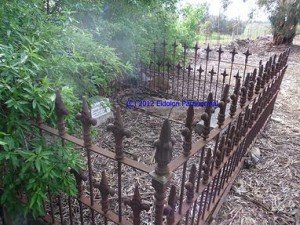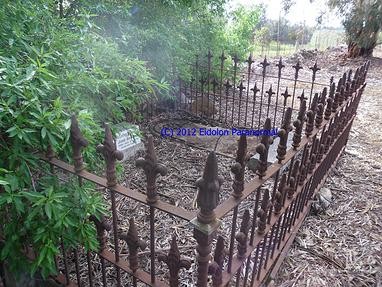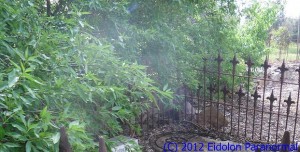Written on 3-6-2012 for the SA Paranormal Meet-ups

What Is Transpiration?
Transpiration is a naturally occurring phenomena that is similar to evaporation, and is part of the water cycle. It is a loss of water vapour from parts of plants, especially the leaves.
How does this differ from Evaporation or Evapotranspiration?
Evaporation is defined as “The vaporisation of liquid on the surface of a body of water”
Transpiration is defined as: “The emission of water vapour from the leaves of plants “
Evapotranspiration is defined as “The process by which water is transferred from the land to the atmosphere by evaporation from the soil and other surfaces and by transpiration from plants “
Transpiration is distinguished by the fact that it is the movement of water vapour from a plants leaves into the atmosphere.
So what conditions are needed for transpiration?
Temperature:
Transpiration rates go up as the temperature goes up, especially during the growing season, when the air is warmer due to stronger sunlight and warmer air masses. Higher temperatures cause the plant cells which control the openings (stoma) where water is released to the atmosphere to open, whereas colder temperatures cause the openings to close.
•Relative humidity:
As the relative humidity of the air surrounding the plant rises the transpiration rate falls. It is easier for water to evaporate into dryer air than into more saturated air.
•Wind and air movement:
Increased movement of the air around a plant will result in a higher transpiration rate. This is somewhat related to the relative humidity of the air, in that as water transpires from a leaf, the water saturates the air surrounding the leaf. If there is no wind, the air around the leaf may not move very much, raising the humidity of the air around the leaf. Wind will move the air around, with the result that the more saturated air close to the leaf is replaced by drier air.
•Soil-moisture availability:
When moisture is lacking, plants can begin to senesce (premature ageing, which can result in leaf loss) and transpire less water.
•Type of plant:
Plants transpire water at different rates. Some plants which grow in arid regions, such as cacti and succulents, conserve precious water by transpiring less water than other plants.
How is this relevant to the paranormal?
In this cropped down photo you can clearly see the mist surrounding the leaves of this plant. This is transpiration in action.
Often mists like this are mistaken for something spiritual manifesting in a cemetery when it is a natural phenomena that is present in nature.
You may see many day time photos containing similar mists shot in outdoor areas such as cemeteries, parks etc. The majority of them can probably be explained away as transpiration and not something paranormal but there is always that 1% of data that cannot be explained.
This effect is not to be confused with condensation.
Condensation is the change of water from its gaseous form (water vapour) into liquid water.
Transpiration is the evaporation of water from plants. It occurs chiefly at the leaves while their stomata are open for the passage of CO2 and O2 during photosynthesis.


